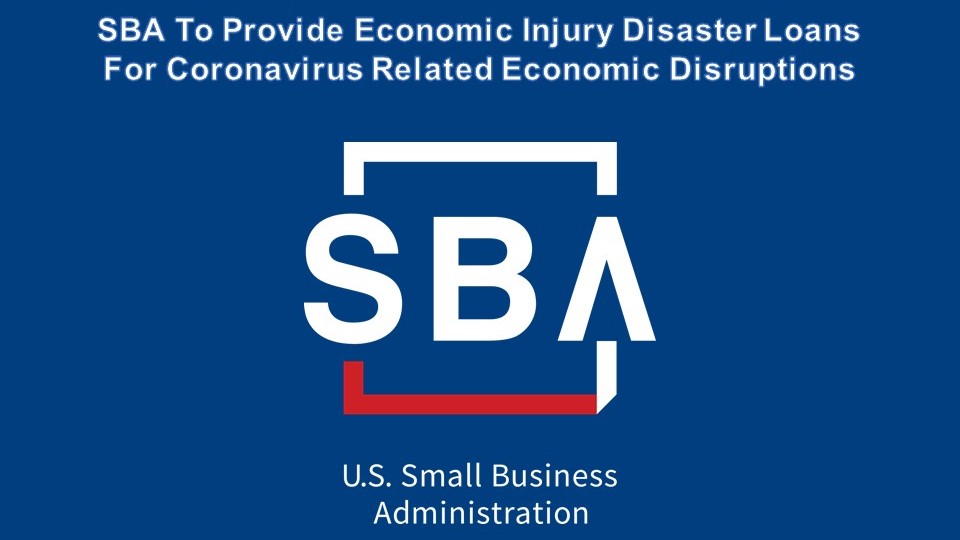Today, the U.S. Small Business Administration (SBA) is reopening the PPP programs. Funding is not expected to last weeks, like last time, and many expect additional funding.
In this round of funding, unlike when PPP started, PPP is open to sole proprietors, consultants, self-employed individuals, and those who earn via 1099 income, in addition to small businesses with payroll.
If you have not received funding already, many banks are suggesting that you apply to more than one for PPP to maximize your chances, and “FinTech” banks stand the best chance of moving quickly as the SBA opens its “E-Tran” system for applications today.
One FinTech bank, Fundera, is open for applications in the Small Business Administrations Payroll Protection Program (PPP). Unlike many other financial institutions, including brick and mortar banks, Fundera’s approach is much more consistent with the way the technology industry thinks.
Specifically, Fundera’s goals are:
- Faster and More Successful: speed is important in the rush for PPP funds, and online platforms like Fundera had the highest success rates. Your application is shared with many lenders, so you have better odds of success.
- Transparency and Communication: PPP applicants will receive updates on a regular basis—this is the most transparent PPP application available.
- Reputable: Fundera has good reviews and is well regarded.
- Pre-applications: you can fill out the application now even if PPP is awaiting more funding.
Where do you apply?
Paycheck Protection Program Overview (from Fundera)
The Paycheck Protection Program (PPP)—a federal government loan program aimed at helping small businesses impacted by the coronavirus pandemic—became available to independent contractors and self-employed individuals on April 10, 2020.
If you’re self-employed and looking for help understanding what the Paycheck Protection Program loan is, whether it applies to you, how independent contractors and self-employed workers can apply for a PPP loan, and what your next steps are, you’ve come to the right place.
How Independent Contractors Can Apply for a PPP Loan
In response to the coronavirus outbreak, the federal government passed the CARES Act in late March—a bill that created and funded the Paycheck Protection Program, to be administered by the Small Business Administration.
Starting on April 3, 2020, PPP loans officially became available to small business owners (including sole proprietors) through SBA-accredited lenders. Now, self-employed workers and independent contractors are eligible to apply for these loans, as well.
That means gig economy workers (who work for Uber, Lyft, DoorDash, and other similar companies) and independent contractors who collect 1099-MISC forms can apply for the PPP loan, as long as they were in operation as of February 15, 2020. There are millions of such workers across the U.S. who are seeking financial relief due to the pandemic.
Self-employed workers and independent contractors will apply for a PPP loan the way other small businesses do: by finding an SBA-accredited lender accepting PPP applications.
In these early stages of the PPP rollout, fewer banks are accepting PPP loan applications than are necessary to meet the overwhelming demand. Check with the bank or credit union where you currently do your business banking to see if they are accepting applications. If they are not, look for community banks in your area or even beyond to see if they are accepting new customers for this product. Here is a list of banks currently accepting PPP loans.
The SBA has a lookup tool for finding SBA-accredited banks that are involved in the PPP loan process by zip code.
Calculating PPP Loan Amount for Independent Contractors and Self-Employed Individuals
For small businesses with payroll that goes toward employees, their PPP loan amount is 2.5x their monthly average payroll, up to $10 million. If you are your only employee, how does this apply to you?
PPP loans will cover payroll costs (including benefits) for individual salaries up to $100,000. Contractors and self-employed workers can essentially use a PPP loan to fund their salaries (including wages, commissions, and tips) with a loan that is 2.5x their average monthly net profit, up to $100,000 on an annualized basis.
Here’s your four-step process to calculating your maximum loan amount:
- Step 1: Find your 2019 IRS Form 1040 Schedule C and identify your Line 31 net profit amount. (If you haven’t filed a 2019 return, fill out this form and compute the value for Line 31, or calculate the sum of the 1099-MISC forms you received from employers throughout the year.) If this amount is over $100,000, reduce it to $100,000; if the amount is zero or less, you are not eligible for a PPP loan.
- Step 2: Divide your net profit amount by 12 to calculate your average monthly net profit amount.
- Step 3: Multiply your average monthly net profit by 2.5.
- Step 4: If you took out an Economic Injury Disaster Loan, add the outstanding amount that you want to refinance (minus the amount of any advance given to you through the EIDL application process, since the advance does not have to be repaid).
- Remember: You must provide the 2019 Form 1040 Schedule C with your PPP loan application in order to substantiate the loan amount, as well as a 2019 IRS Form 1099-MISC detailing non-employee compensation, invoice, bank statement, or book of record that establishes you are self-employed.
Self-employed workers (freelancers, artists, electricians, etc.) who don’t use 1099-MISC forms can use their 2019 income as well to calculate their PPP loan amount.
If you don’t have 1099s to help you add up your total income and/or prove your salary during 2019, the documents needed to establish eligibility include payroll processor records and payroll tax filings.
If you started receiving income prior to June 30, 2019, divide your total income by 12 if you received income in January 2019, 11 if you received income in February 2019, and so on. If you didn’t start receiving independent contractor income until after June 30, 2019, you can divide your January to February 2020 income by 2. Seasonal businesses can use February 15, 2019 to June 30, 2019 OR March 1, 2019 to June 30 2019.
What Are the PPP Loan Terms for Independent Contractors and Self-Employed Individuals?
The basics of a PPP loan for self-employed workers are the same for other PPP loans, and they are as follows:
- 1% interest rate.
- Loan maturity of two years, with payments deferred for six months.
- Your loan can be forgiven if you use at least 75% of it to replace your 1099-MISC income or net self-employment income, and the other 25% or less on other financial obligations
- such as rent, mortgage interest, and utilities.
- No collateral or personal guarantee needed.
The Bottom Line
Now, virtually every type of small business is eligible to apply for the federal government’s PPP loan. It remains to be seen how quickly lenders and the SBA are able to process these loan applications and disburse the funds to the businesses in need.




